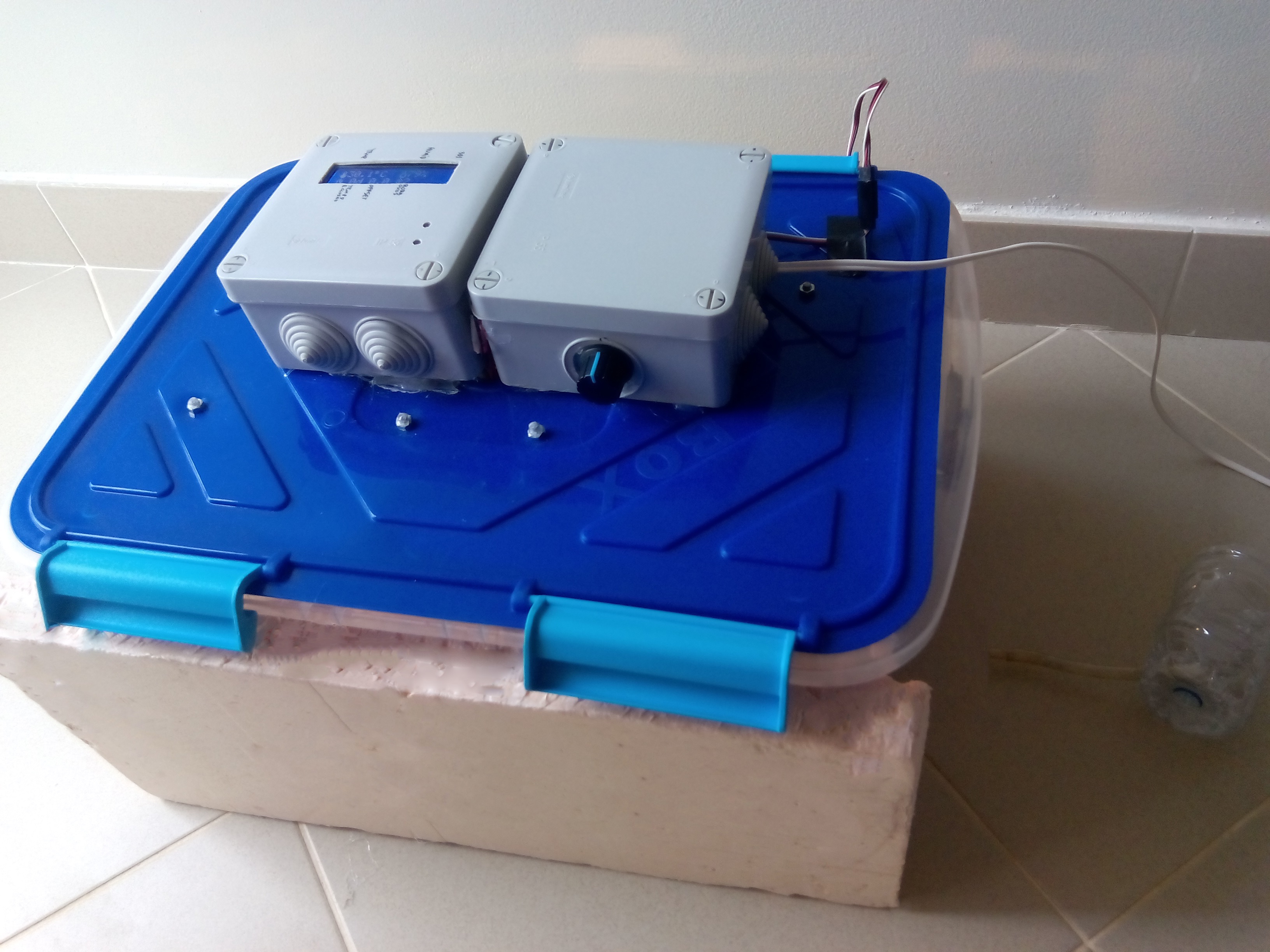
Switch off main power before doing connections.ĥ. If by any chance the thermometer breakes and the mercury spills, dispose it safely without touching it directly.Ĥ. Do not use a normal thermometre, it cannot take temperature more than 108☏ and might burst.ģ. Do not put fans rihgt in front of heater as its constant temperature will drop over time.Ģ. We also jumped to the conclusion that each fan reduces the temp of about 20☌, which was wrong.ġ. the new box had also arrived so we tried the same combination in the new box since it was bigger. We used a 0 watt bulb in the dummy box along with 3 fans. This was not safe as there might be a possibality that some microbes may enter the incubator. We thought of having an outlet for the heat to escape and use the fan as an exhaust. The trmperature shot up to 40☌ in the first 20 minutes and then remained constant at 60☌. We then tried using a 40 watt bulb in the dommy with 3 fans.We placed the fans in such a way that the air circulated evenly through the box. We also used a layer of al foil to increase heat.The temp reading showed 108☌. the fan was placed exactly opposite to the bulb. we first started with a 75 watt bulb and 1 fan. We first experimented with a dummy styrofoam box that we got at a juice centre. The lis of the box must be sealed properly so as to not let any exchange take place(duct tape).

once the placement is finalized, stick the fans and the heat source in place using arelldite. The fans and heating element must be placed in such a way that the required temperature is achieved(Not as easy as it seems). Neither the heating element nor the fan must be too close to the thermometer. the hole is then well sealed and insulated. A thermometer is introduced into the box through a perfect fitting hole in the box to measure the temperature inside. The cabinet fans are used to circulate the heat inside and keep the temperature same everywhere in the box. The heating element is introduced into the box to produce heat. The styrofoam box is an insulated box that keeps the heat locked inside. cabinet fans.(depending on size of box).Ĥ.

heating element.(bulb,heating pad,etc.).ģ. This incubator will be used cultivate E.Coli.ġ. We made a simple incubator that maintains a temperature of 37 ☌ using materials that are easily available. They also need a circulation system for equal distribution of heat in the box. Coli cells is approximately 37 ☌, as these organisms grow well under such conditions. The most commonly used temperature both for bacteria such as the frequently used E.

The simplest incubators are insulated boxes with an adjustable heater, typically going up to 60 to 65 ☌ (140 to 150 ☏), though some can go slightly higher (generally to no more than 100 ☌). Incubators are essential for a lot of experimental work in cell biology, microbiology and molecular biology and are used to culture both bacterial as well as eukaryotic cells. The incubator maintains optimal temperature of the atmosphere inside it.


 0 kommentar(er)
0 kommentar(er)
